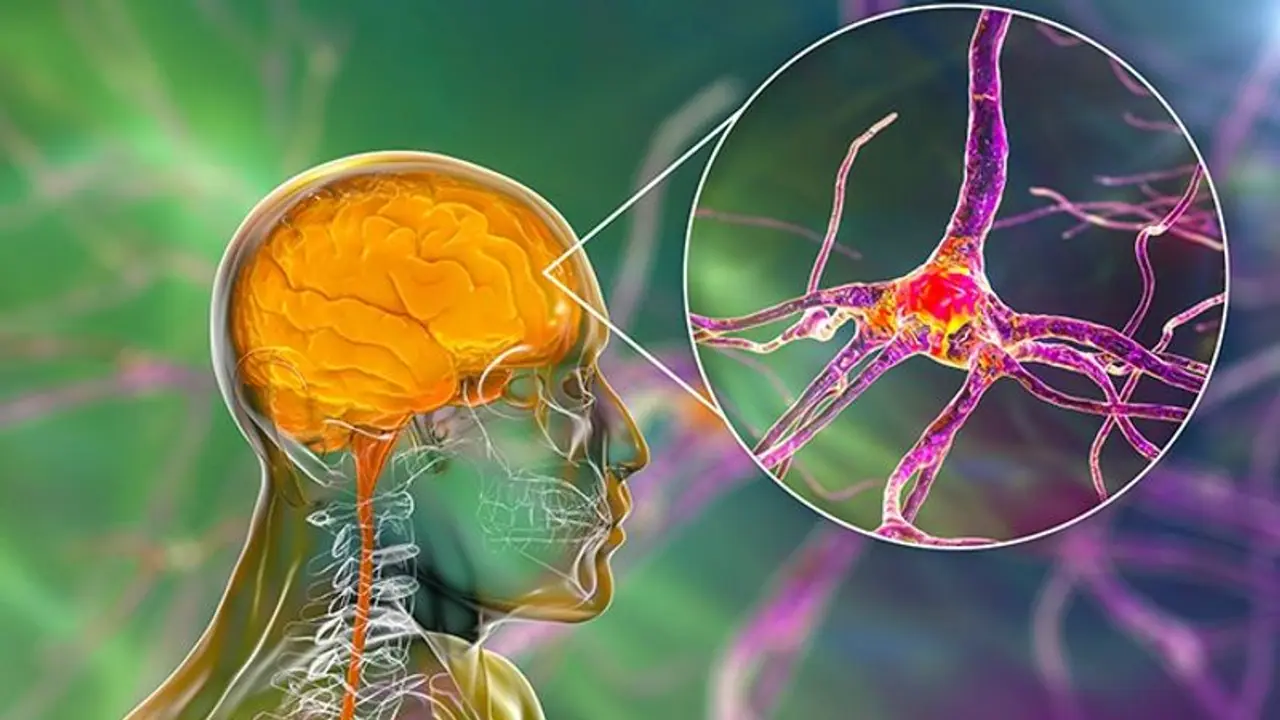This illness affects the Trigeminal nerve, which is a cranial nerve. The fifth cranial nerve transmits feeling from the face to the brain.
Trigeminal neuralgia or tic doloureux is a condition which causes shock like pain on one side of the face. This condition affects the cranial nerve called Trigeminal nerve. It is the fifth cranial nerve which carries sensation from the face to the brain.

Pain is usually triggered by stimulation of the face. This can be brushing teeth, shaving, smiling, applying makeup, washing face or wind. Attacks usually begin as mild attacks but can progressively worsen.
Trigeminal nerve has got three branches namely
1. Ophthalmic (V1) carries sensation from forehead, upper eyelid.
2. Maxillary (V2) carries sensation from cheeks, lower eyelid, nose.
3. Mandibular (V3) carries sensation from jaw, lower lip.
Around 150000 are diagnosed with trigeminal neuralgia every year. It affects women more than men.
Symptoms of Trigeminal neuralgia
Symptoms often begin spontaneously or after trivial trauma like a blow to face or after dental work. Very often, patients visit a dentist for their pain, assuming it is a dental problem. After the procedure like a root canal treatment, they develop shock like pain in the face. This may not be directly related to the dental procedure; disease may have been developing and the dental procedure would have triggered the pain. It can develop as a cyclical pain. Many patients have pain lasting for few seconds with almost no pain throughout the day. This usually progresses to multiple attacks with more intensity and shorter pain free intervals.
Causes of Trigeminal Neuralgia
It can be primary or secondary. Primary Trigeminal neuralgia is due to compression of a vessel on the nerve. This causes abnormal electrical generation in the nerve causing unwanted discharges which can lead to pain. Secondary causes are usually due to tumor compressing the nerve, demyelination or a cyst.
Diagnosis
Usually diagnosis is by history. As mentioned earlier, many patients visit dentists for their pain. A detailed history will help in clinching the diagnosis. There isn't a particular test to identify this illness. Brain imaging is usually advised to look for aberrant vessels compressing on the Trigeminal nerve or to look for secondary causes.
Treatment
Medications can alleviate the pain in the initial stages in most cases. Medications are usually started at a low dose and the dosage is slowly increased. The common medications used are Carbamazepine, Oxcarbazepine, Eslicarbazepine, Gabapentin, Pregabalin. Most of these are antiepileptics. Initially started in lower doses, people will require higher doses as the disease progresses, which can have many adverse effects. Carbamazepine and its derivatives like oxcarbazepine and eslicarbazepine can cause diplopia, imbalance, hyponatremia (low sodium). Gabapentin and pregabalin can cause sedation and giddiness.
Surgical options are offered if medications fail to control symptoms. The surgical options are
1. Open surgery- This is usually microvascular decompression where the nerve is decompressed from the abnormal vessel compressing it. Although it is very effective it requires craniotomy (open surgery). It can damage nearby structures like auditory nerve.
2. Lesioning procedures Percutaneous radiofrequency rhizotomy uses heat by electrocoagulation which will destroy the part of the nerve which serves pain. Percutaneous glycerol rhizotomy and stereotactic radiosurgery are other procedures used to treat it.
Prevention
Unfortunately, trigeminal neuralgia is not preventable. Early medical management and surgery, when required, can help in controlling this painful condition.
- Dr. Rohit Pai, Neurology, KMC Hospital, Mangalore
